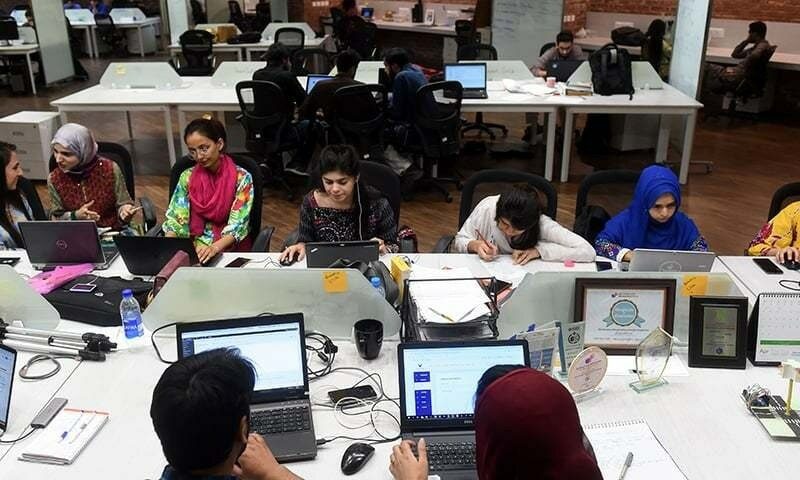In 2023, Pakistan stands at a critical juncture in its economic development. As the nation grapples with various challenges, one of the most pressing issues is the average income of Pakistani households. The economic landscape is evolving, and it is becoming increasingly evident that the active participation of women in the workforce can play a pivotal role in enhancing the nation’s economic stability and prosperity. This article explores the average income of Pakistani households and delves into why women working could be the catalyst for economic growth in Pakistan in 2023.
The Average Income of Pakistani Households
The average income of Pakistani households has been a matter of concern for policymakers, economists, and citizens alike. Pakistan, like many other countries, experiences income disparities that contribute to economic inequality. The latest data available up to 2021 showed that the average household income in Pakistan was below the poverty line for a significant portion of the population, indicating a need for improvement in this regard.

Several factors contribute to the low average income of Pakistani households:
Population Growth: Pakistan’s rapidly growing population puts immense pressure on the job market, making it challenging for individuals to secure well-paying employment.
Agriculture-Centric Economy: A significant portion of the population relies on agriculture, which is often seasonal and characterized by low incomes. This sector faces challenges such as water scarcity and outdated farming techniques.
Limited Educational Opportunities: Access to quality education remains a challenge in many parts of the country, limiting the skillset and employability of the workforce.
Gender Disparities: Historically, gender disparities have prevented women from fully participating in the workforce, thus limiting the overall household income potential.
Why Women Working Would Benefit the Pakistani Economy
Increased Workforce: Encouraging women to join the workforce would significantly expand the labor pool, helping to meet the demands of a growing population. This, in turn, can stimulate economic growth.
Improved Economic Output: Women’s inclusion in the workforce can lead to increased economic output. Studies show that gender diversity in the workplace enhances creativity and problem-solving, which can positively impact productivity and profitability.
Reduced Poverty: Women’s employment can help alleviate poverty in households. A second income source can provide financial stability and reduce the reliance on social safety nets.
Entrepreneurship: Many women possess entrepreneurial skills that, if harnessed, can lead to the creation of small and medium-sized businesses. These businesses can contribute to economic growth and job creation.
Enhanced Education: When women work and contribute to household incomes, there is often greater investment in education for children. This can lead to a more skilled and competitive workforce in the future.
Empowerment and Equality: Encouraging women to work promotes gender equality and empowerment, which are essential for a progressive society. It sends a powerful message that women’s contributions are valued and essential to the nation’s development.
Global Competitiveness: Countries that leverage the full potential of their workforce, regardless of gender, are often more competitive on the global stage. Pakistan can benefit from this by tapping into its underutilized female talent.

While the potential benefits of women’s participation in the workforce are clear, it is essential to address the challenges that hinder their entry and progress in the job market:
Gender Bias: Addressing societal attitudes and biases against working women is crucial. Educational campaigns and cultural shifts are necessary to challenge traditional norms.
Childcare Support: Affordable and accessible childcare services can enable women to balance work and family responsibilities effectively.
Equal Pay: Ensuring that women receive equal pay for equal work is essential to motivate and retain female employees.
Flexible Work Arrangements: Offering flexible work arrangements can accommodate women’s diverse needs, such as caring for children or elderly family members.
Education and Training: Investment in women’s education and skill development programs is vital to prepare them for the job market.
The average income of Pakistani households is a critical economic indicator that requires attention and improvement. Encouraging women to join the workforce is not only a step towards addressing this issue but also a pathway to overall economic growth and development in Pakistan. By removing barriers, promoting gender equality, and providing the necessary support systems, Pakistan can harness the potential of its female workforce to build a stronger and more prosperous nation in 2023 and beyond.














